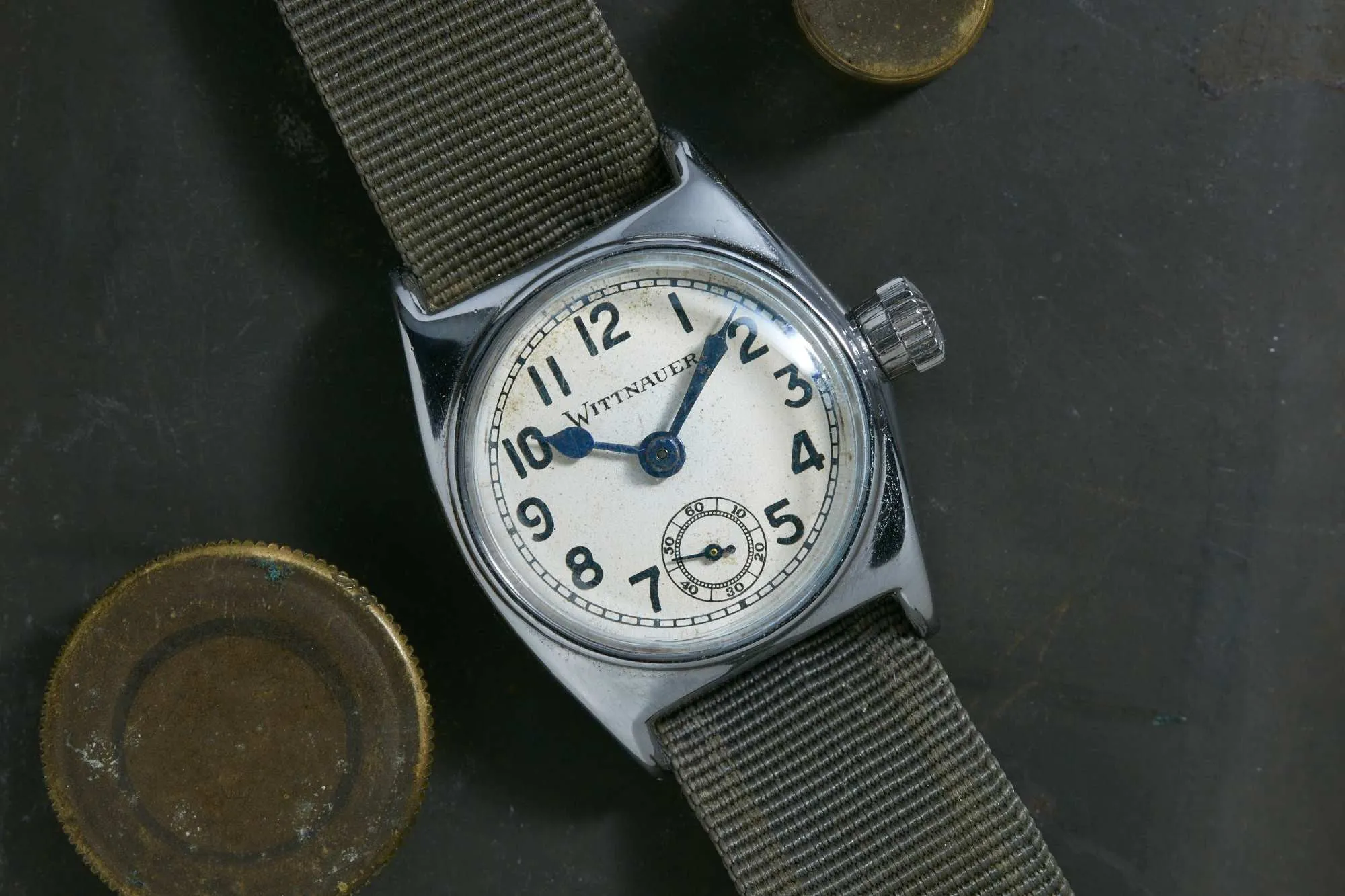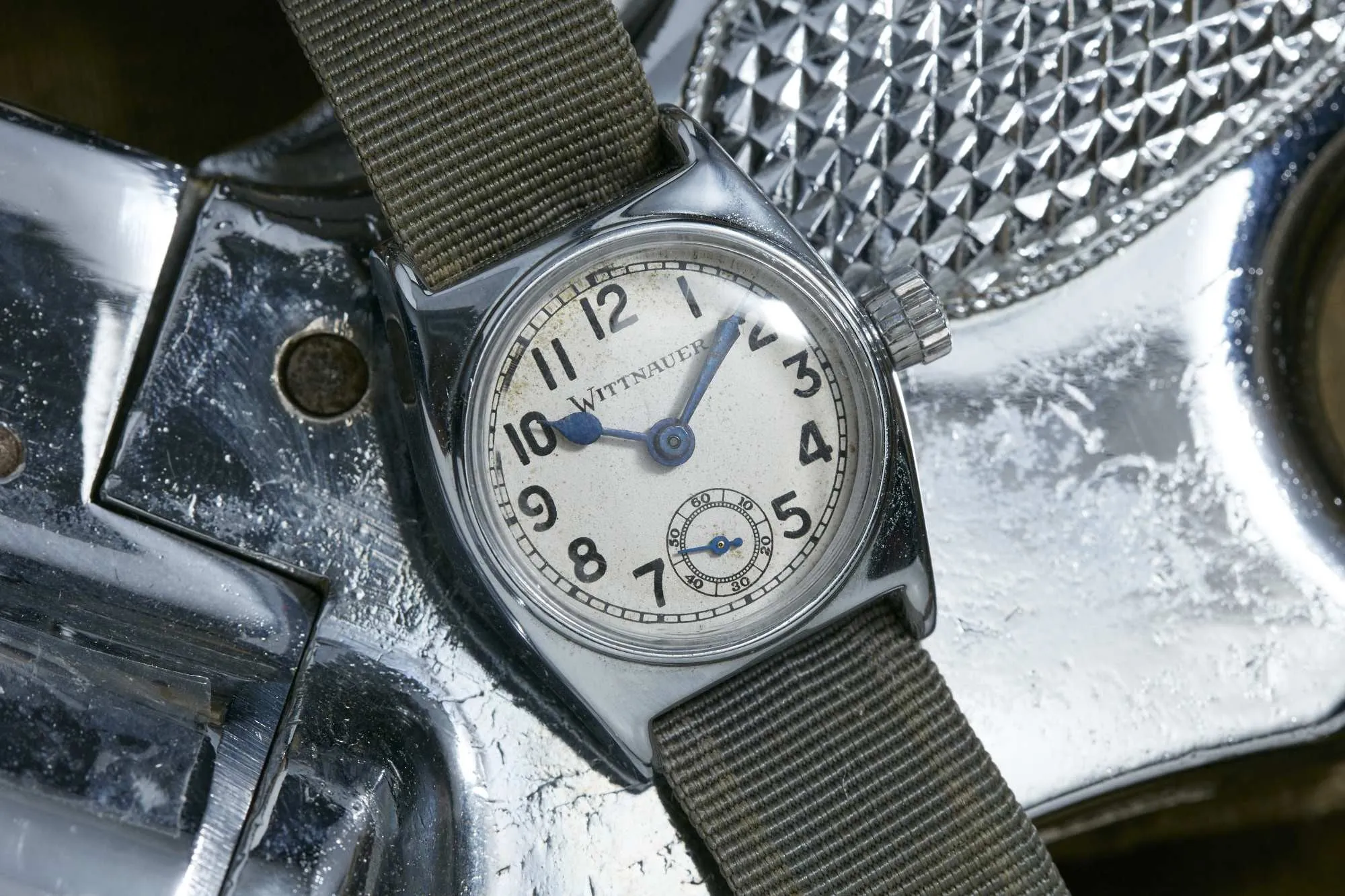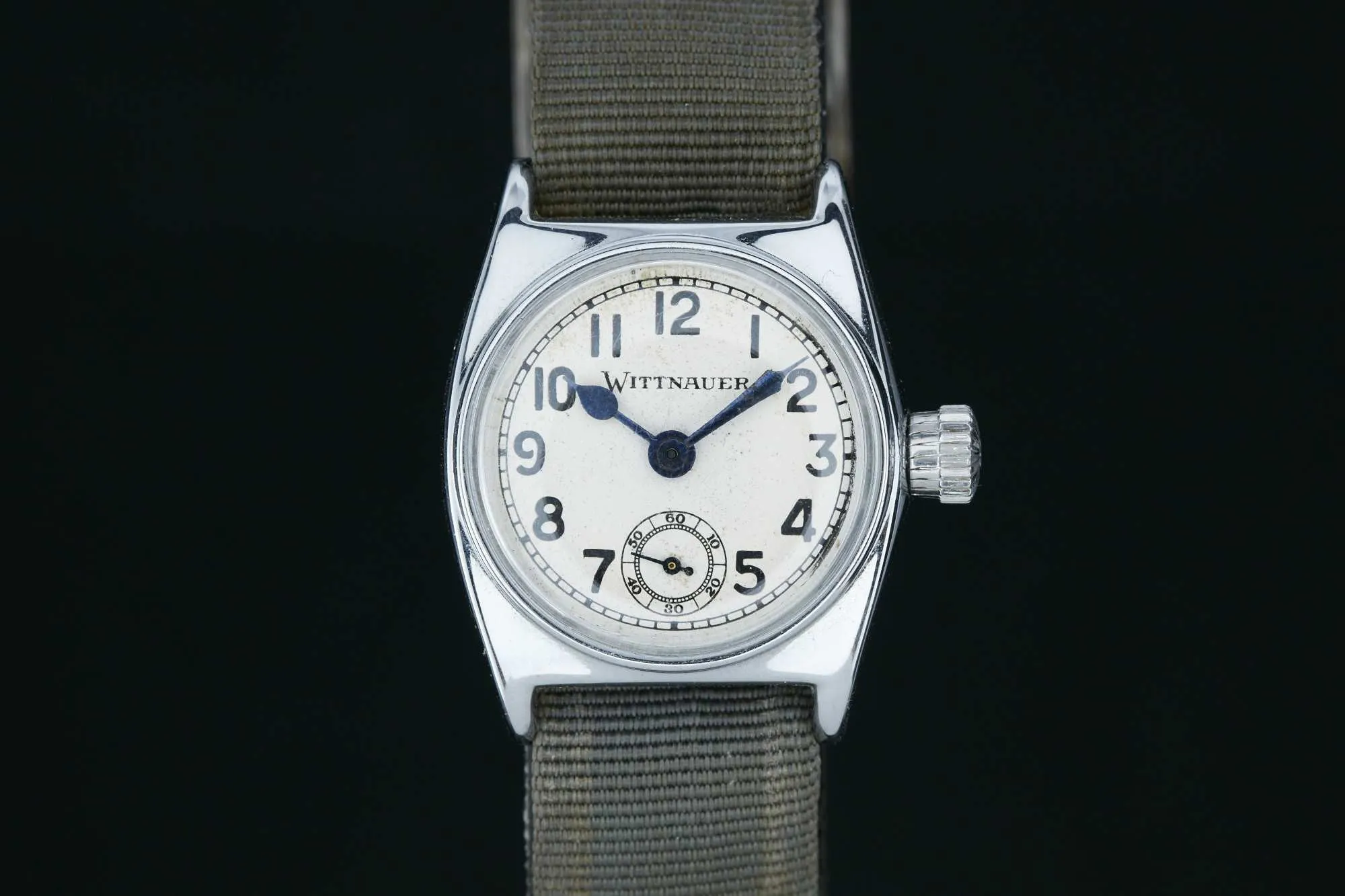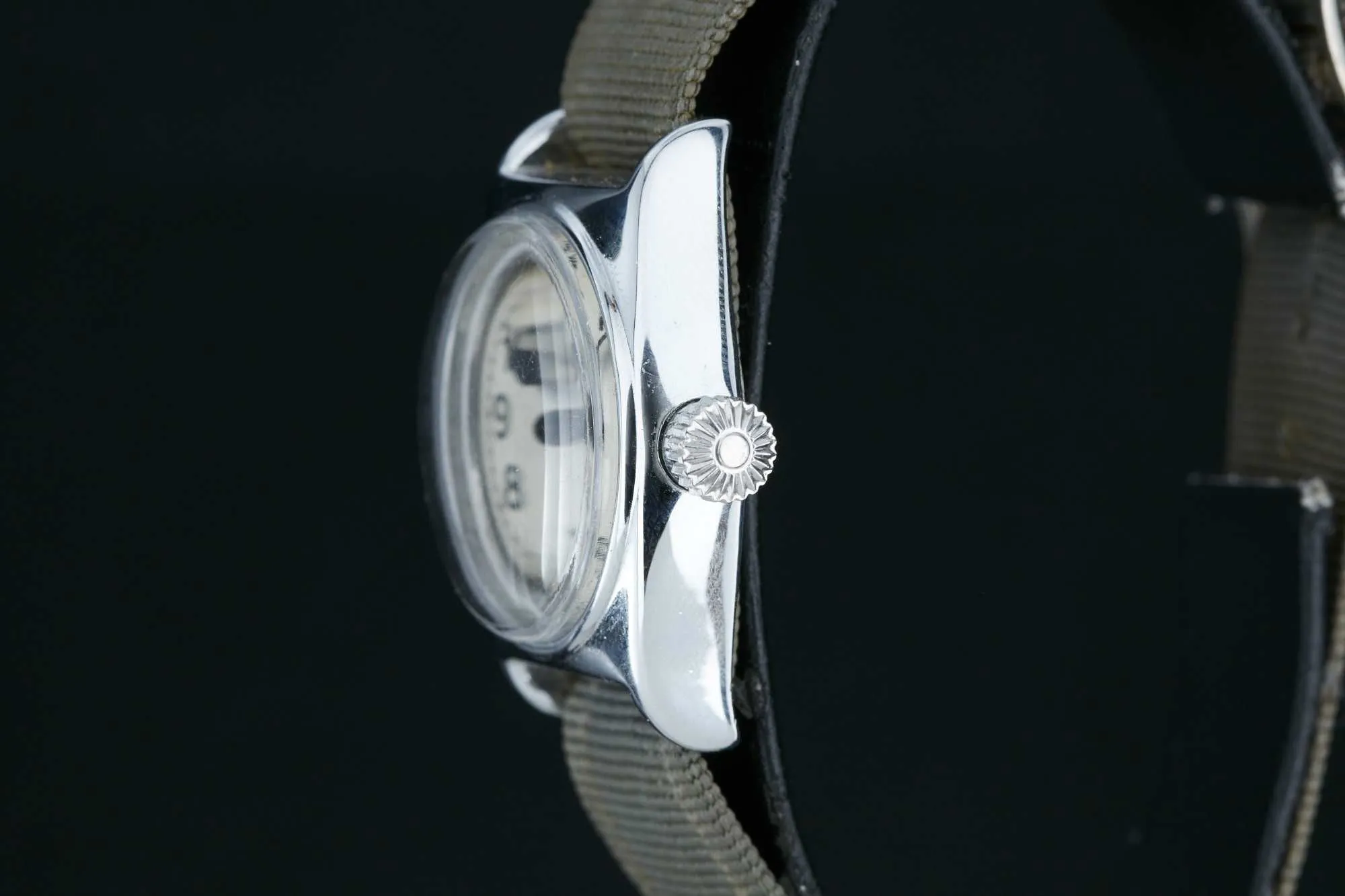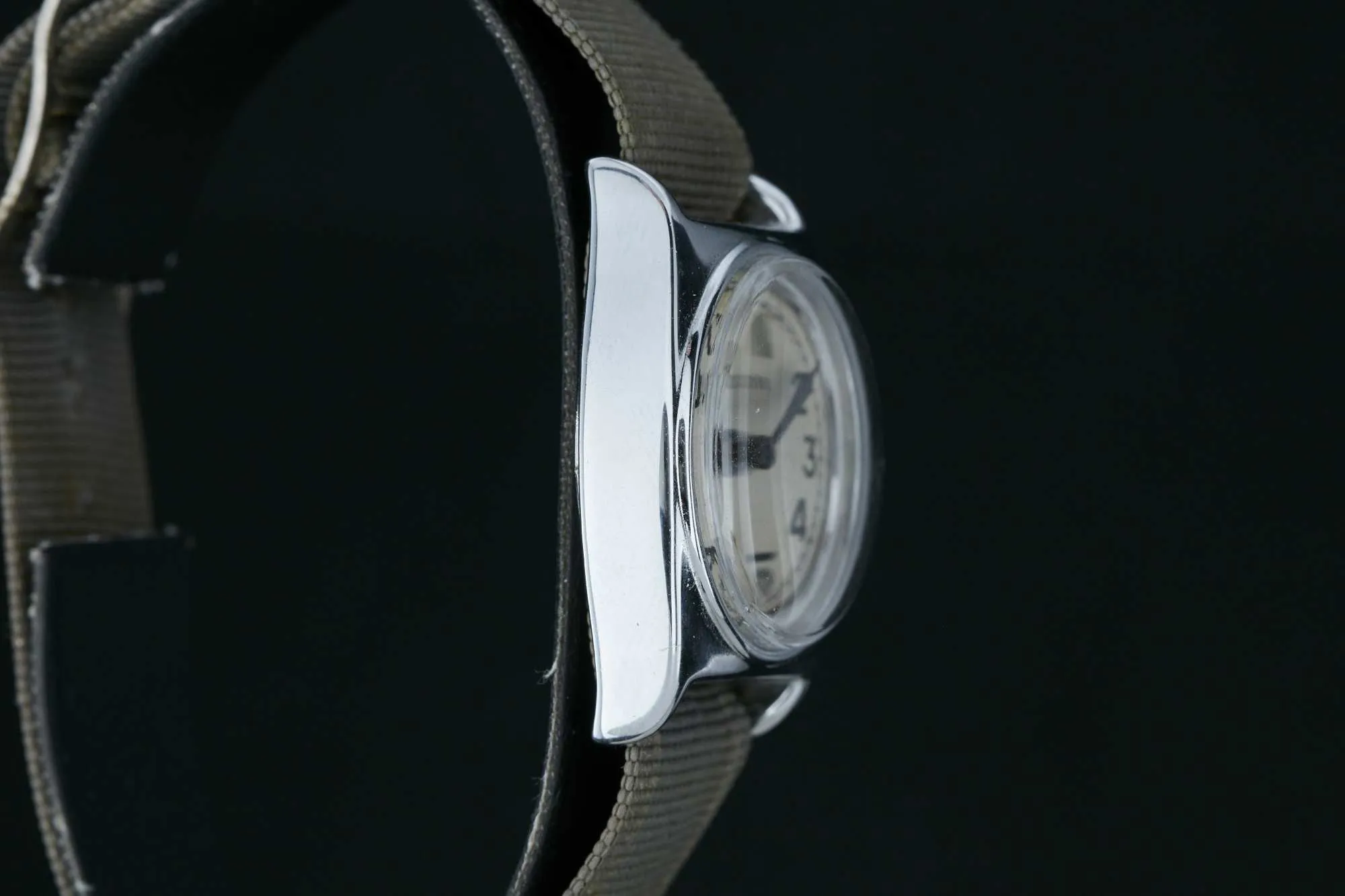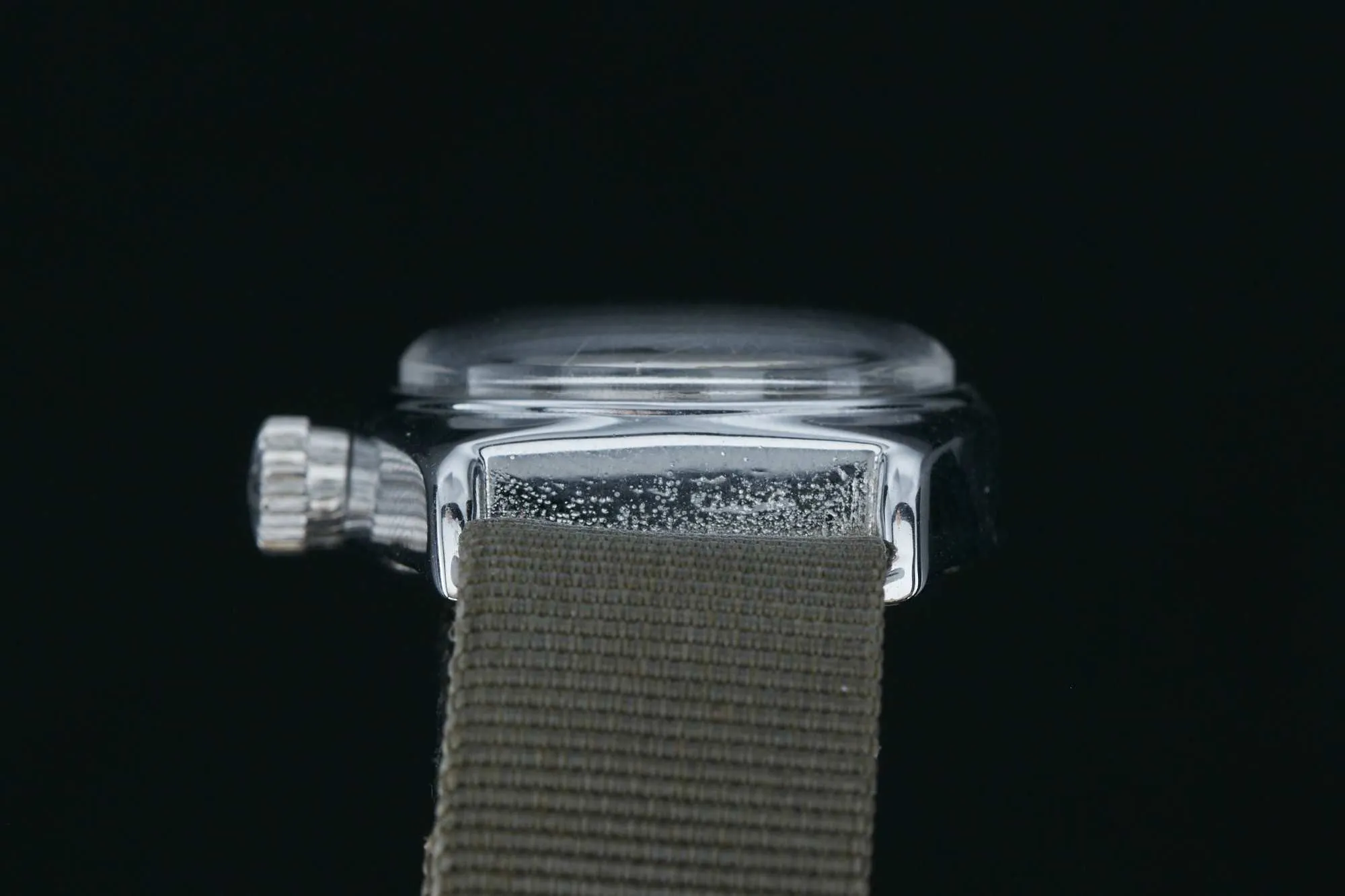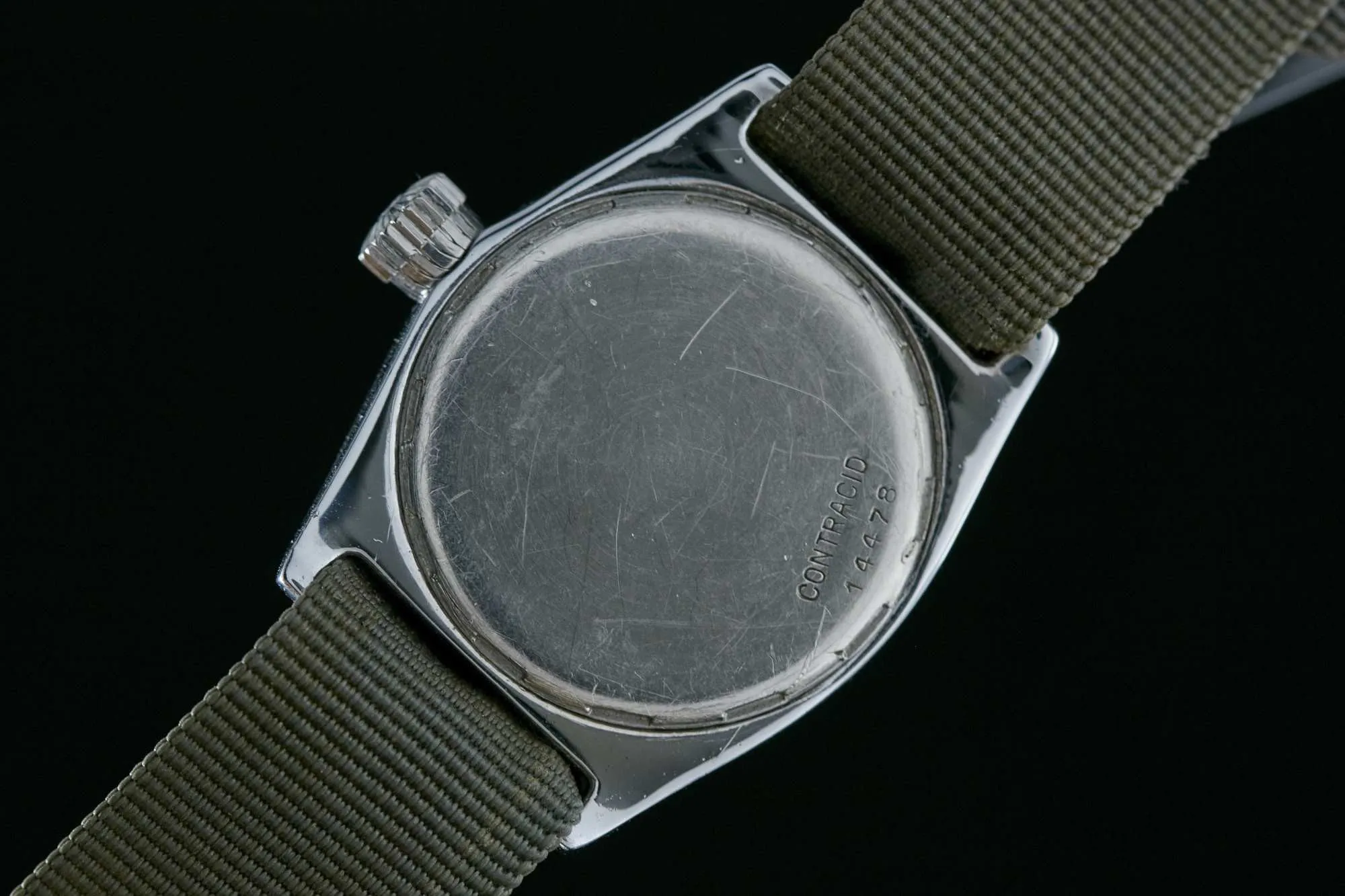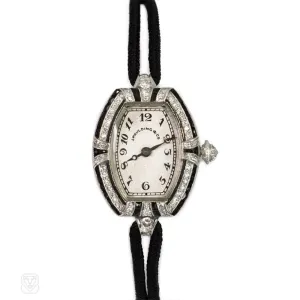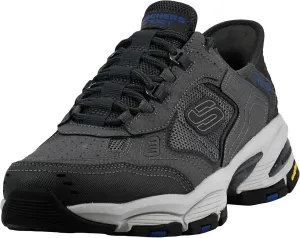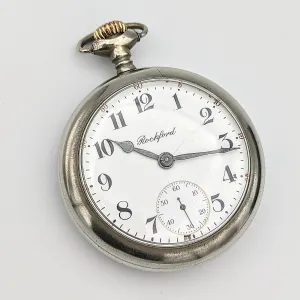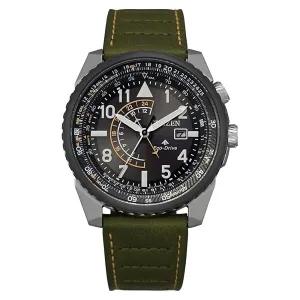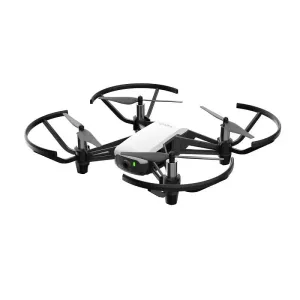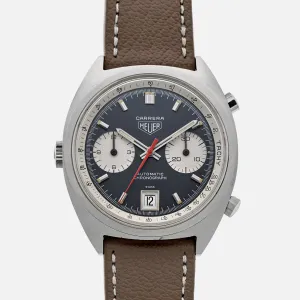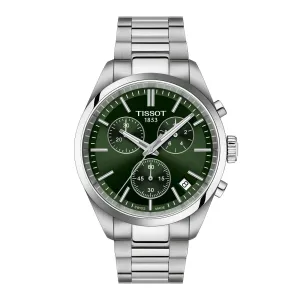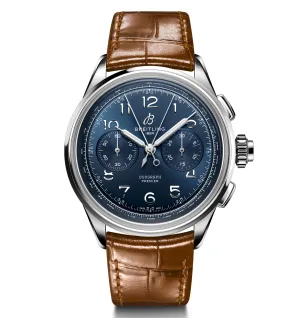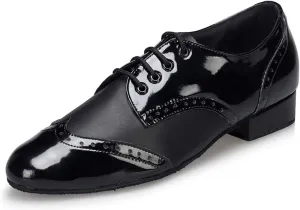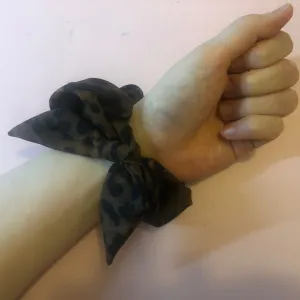While we make much of here at Analog/Shift, the brand's other offerings--particularly in the field of aviation--were nothing to overlook. From the brand's earliest days as American distributor for Longines, Wittnauer was making cockpit instruments and navigational devices. In the late 1910s, after the death of Albert Wittnauer, his sister Martha took over the company; and under her leadership, during the First World War, the brand supplied wristwatches to the predecessor of the U.S. Army Air Corps.
These watches were waterproof, shock-proof, dust-proof, and anti-magnetic. Further developments in the following decade would lead to the launch of the branded All-Proof model in 1928. Though the case (27mm) is small to the modern eye, it's tough, and attracted the attention of aviators and explorers.
Perhaps the most notable owner of the All-Proof was daredevil aviator Jimmie Mattern. Mattern twice attempted to circumnavigate the world by airplane, intending to break the world record set by Wiley Post and Harold Gatty, once in 1932 and the second time in 1933. Of that second solo flight in 1933 (when he crash-landed in Siberia, abandoned his airplane, Century of Progress, and was later rescued by Eskimos) Mattern wrote:
"It gives me great pleasure to advise you that my Wittnauer All-Proof Watch was my only constant companion on my ’round the world solo flight, and it survived all hardships. It is a crashproof timepiece par excellence. After my ’plane crashed and I had to wade and swim in some of the rivers it proved absolutely waterproof. It kept up a true performance when I was lost to civilization for many days. It was a sensation with the Eskimos…who considered it something super-natural. It personifies mechanical perfection heretofore unknown to me, and when I reached New York it was correct to the minute. I banged it all around. It was dropped on concrete a number of times – still it keeps ticking away. I should not have believed that such a watch could be built, but my experience has shown me that too much cannot be said about this wonderful All-Proof timepiece which I recommend for hard usage."
An interesting footnote: Mattern continued to fly throughout the 1930s and 40s (as a test pilot for Lockheed Martin, particularly in the development of their P-38 Lightning), but retired from flying when he was diagnosed with ruptured blood vessels in the brain in 1946. Yet he continued to be involved in aviation circles, especially the burgeoning space program--the astronauts, many of them pilots, admired Mattern for his adventurous spirit and contributions to world of aviation. Neil Armstrong wore Mattern's own All-Proof in the , and Mattern's pilot's license was carried aboard the lunar module in Apollo 11.

